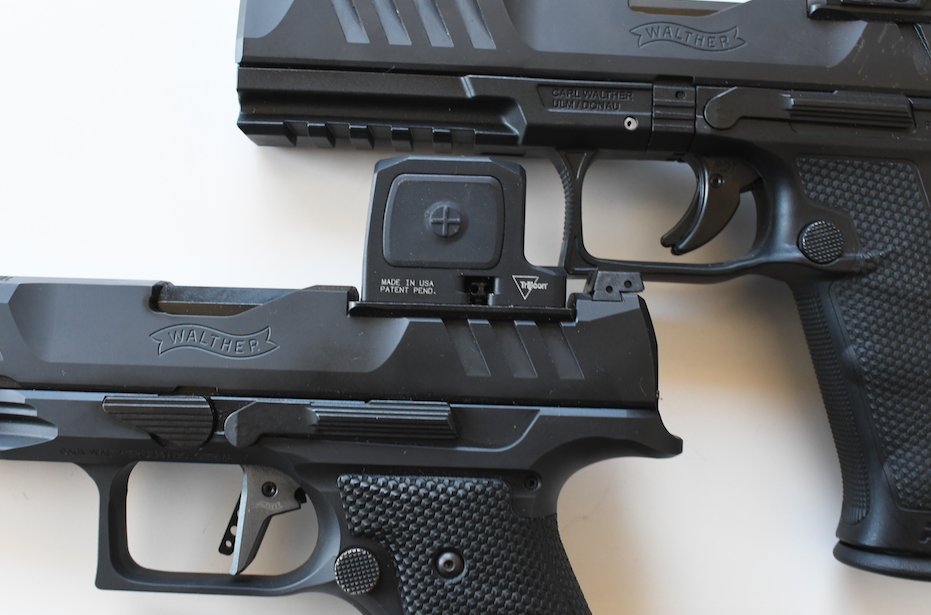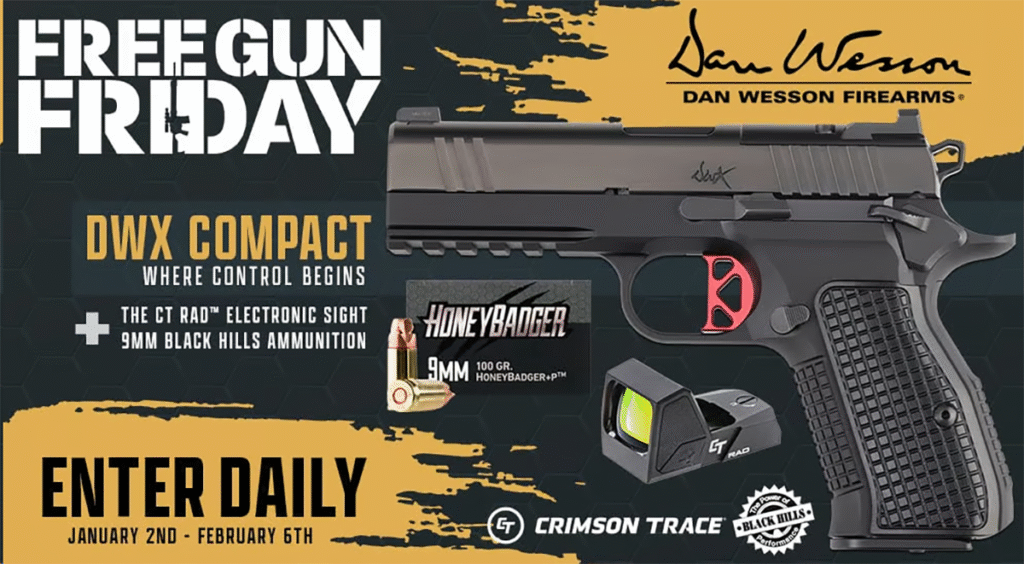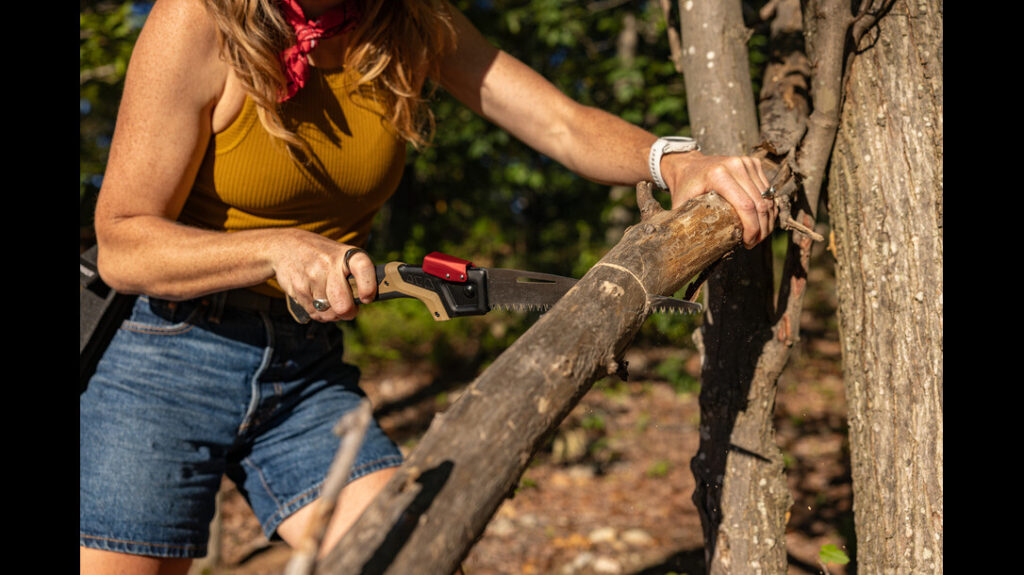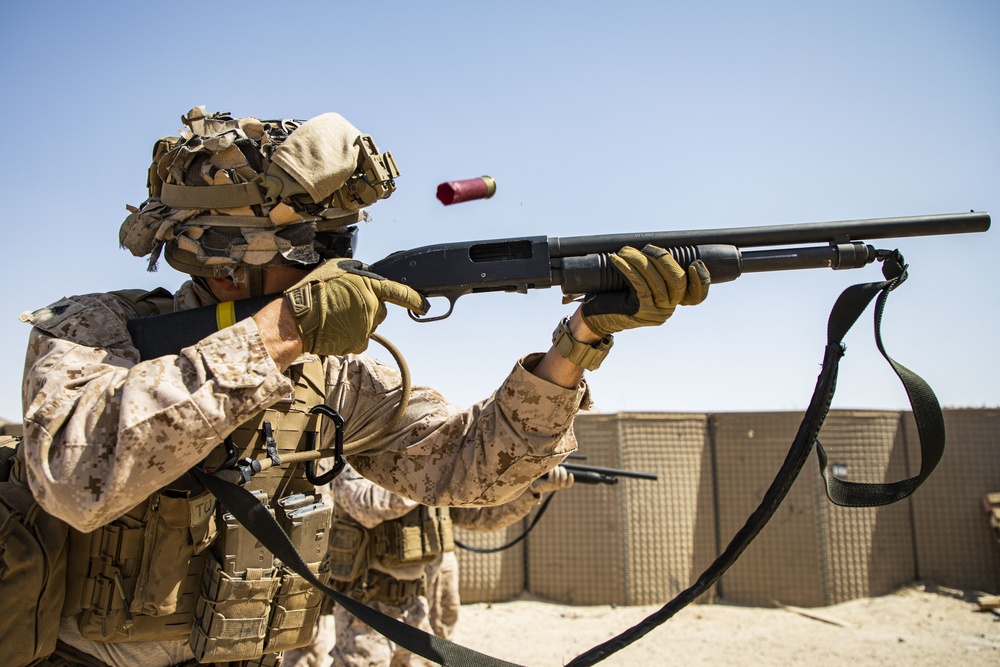The Trijicon RCR (Ruggedized Closed Reflex) red-dot is Trijicon’s premium enclosed-emitter red-dot sight. It originally launched during the middle of last summer in tandem with the open-emitter Trijicon RMR-HD. Both the RCR and RMR-HD currently represent the latest in Trijicon’s micro red-dot optics suite. I’ve been using the RCR on both my Walther PDP Steel Frame pistol and on a Glock 34 [where it currently sits].
Trijicon RCR (Ruggedized Closed Reflex) Overview
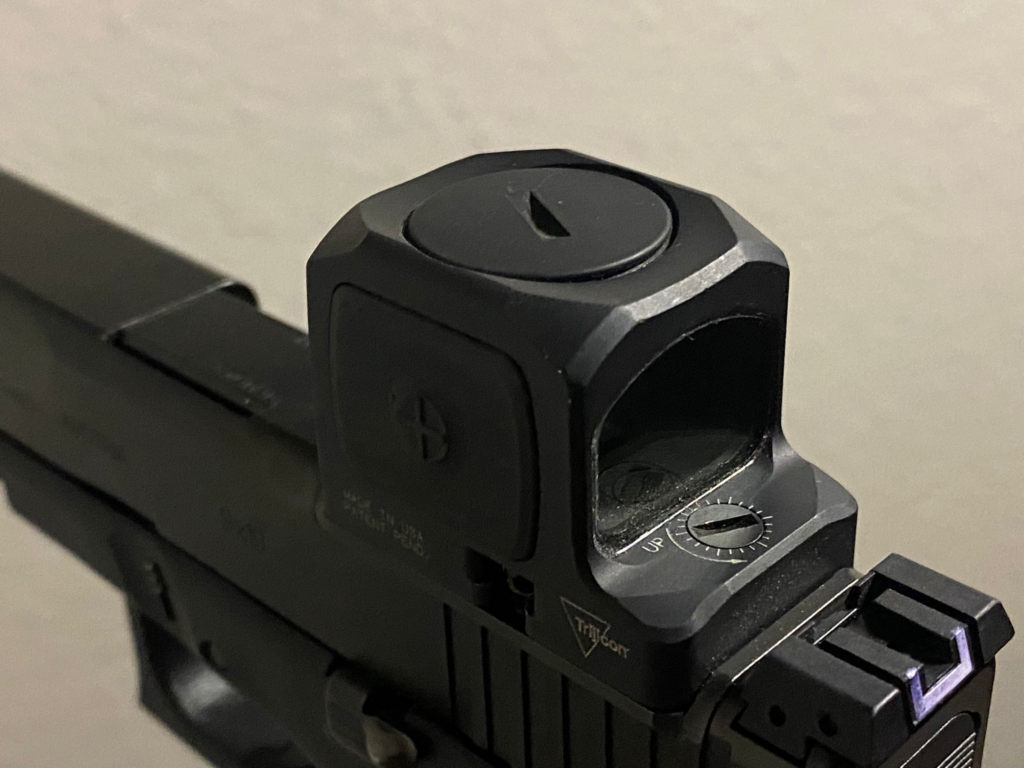
The Trijicon Ruggedized Closed Reflex is a compact enclosed-emitter red-dot sight that uses a single 3.25 MOA solid red-dot reticle. It is probably best described as a “helmeted” and reinforced Trijicon RMR. In fact, both the RCR and RMR maintain the same deck height. This helps maintain consistency across taller backup iron sight systems used in conjunction with slide-mounted dots.
Advertisement — Continue Reading Below
In person, I find the RCR looks smaller than one would expect, considering that enclosed-emitter reflex sights tend to have a “thicker” composition by virtue of their design goals. In order to properly cover the entirety of the RMR-pattern footprint, the base of the RCR constitutes the longest part of its external housing.
The rest of the sight is fairly compact and has a shape that more resembles a 3-D cube as opposed to the “rectangular mailboxes” of the Aimpoint ACRO or Holosun 509T, for example. One of the details I appreciate about the RCR is that all four of its topmost corners are “dehorned” for convenience—and no doubt for better concealment, as tall, solid corners have a bad tendency to print or pierce fabric.
The Capstan Screw System
Perhaps the most remarkable aspect of the Trijicon RCR is the fact that despite its enclosed-emitter design, the Trijicon engineering team designed it to work with the current Trijicon RMR/SRO optics footprint. Aside from Trijicon itself, this is currently one of the most popular and co-opted micro red-dot optics mounting footprints in the industry. The RCR is able to mount to any RMR-pattern surface by means of its unique Capstan screw system, something I’ve previously written about as I found it extremely fascinating, interesting, and creative.
Advertisement — Continue Reading Below
Despite the novelty of the RCR’s mounting adaptation, I’ve not had a single issue with any Capstan screws. I certainly did my best to follow the installation instructions, including using Trijicon’s offbeat “torquing” trick involving the Allen wrench. When the time came to swap the RCR out from the Walther PDP SF to my Glock 34, neither of the Capstan screws had loosened, and it took some effort to break their torque to undo them.
This was after taking the RCR (on the Walther PDP SF) to the two different pistol classes I covered earlier this year. And if memory serves correct, there was at least one USPSA weekend match where I certainly ran the gun and optic combo quite strenuously.
Battery And Controls
RCRs are designed with their battery tray and cover sitting on the roof of the unit, so battery access is extremely convenient. The RCR accepts a CR 2032 battery that provides a median runtime of six years on “setting 5.”
Advertisement — Continue Reading Below
The style and layout of the RCR’s controls and buttons will look familiar to anyone who has experience shooting with other Trijicon-made red-dot sights like the RMR, SRO, RMR-CC, etc. Sitting alone on the left side of the body is the (+) button to increase the reticle’s brightness, with the (-) button sitting opposite on the right.
Dialing for windage on elevation is “smooth” without any tactile clicks. It’s best to keep an eye on the windage or elevation adjustment hash marks to aid in zeroing and drifting shot impacts. The lack of tactile clicks isn’t ideal, but on the bright side, the slots on the RCR are generously sized, and the rim of most any pistol or revolver casing will work as a tool.
Window And Dot
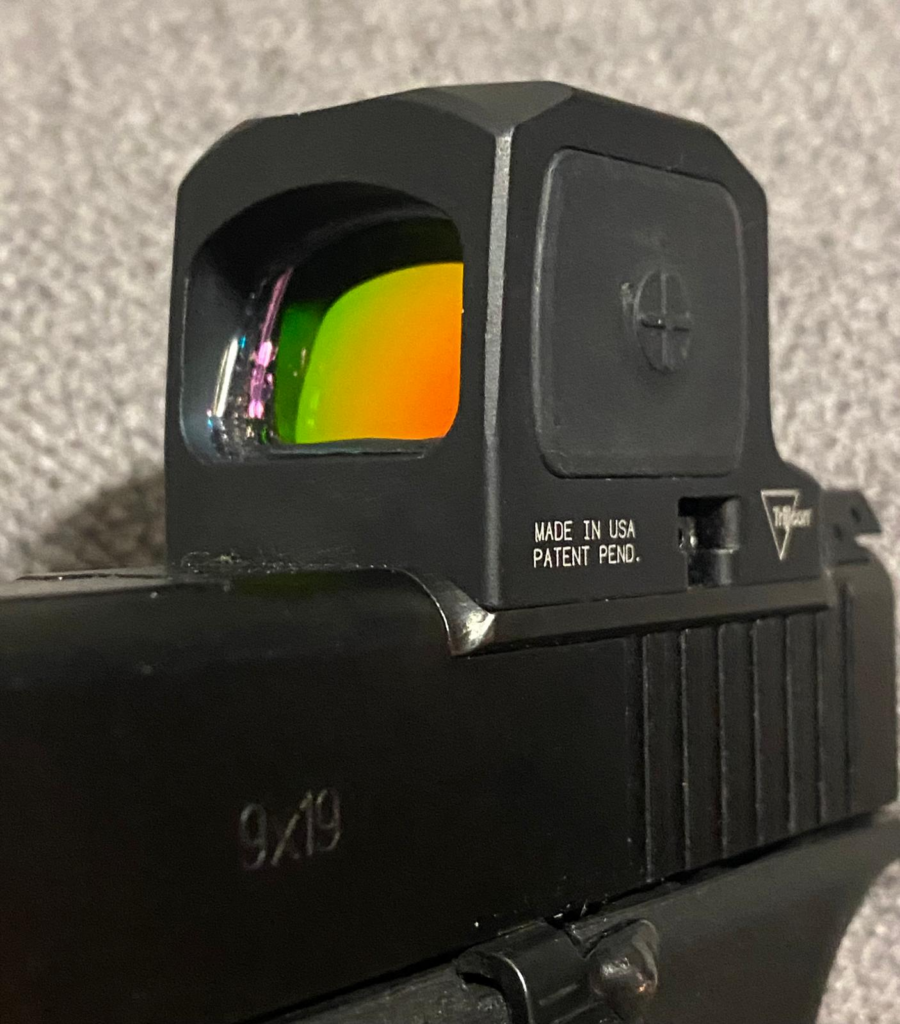
Advertisement — Continue Reading Below
The objective lens of the Trijicon RCR sits well behind the leading edge of its durable external housing to protect it from impacts. Nearly every reflex sight has a certain level of tinting needed to capture the emitted LED light and project it onto the objective lens, and the RCR is no exception. However, it does have that darker “signature” Trijicon blue tint, like many other products in Trijicon’s catalog.
Some gentle distortion is also noticeable when looking through the objective lens, but nothing that has hindered shooting. While both the RCR and the RMR share many characteristics, the RCR’s objective lens is slightly smaller and subtly different than the RMR’s lens. No doubt some of this shrinking comes from adapting it to its fully enclosed housing. I find that its objective lens is very similar in dimensions to the objective lens of the Holosun EPS Carry sight.
The rear window of the RCR is also slightly larger than the front objective. The disparity in size isn’t much, so there is no aperture/peephole effect to worry about when looking through the sight with proper target focus.
Advertisement — Continue Reading Below

Reticle-wise, I have no complaints. Trijicon reflex sights, in my experience, tend to project very clean, crisp, and round dots, and the 3.25 MOA red dot on the RCR is no exception. The “diameter” of this 3.25 MOA dot lends itself well for most pistol shooting, regardless of type, as the reticle is neither too large nor too small.
I had no issues with daylight brightness or refresh rates. However, the slope of the objective lens can, in certain cases, reflect a false dot from high overhead sunlight.
Advertisement — Continue Reading Below
The Takeaway
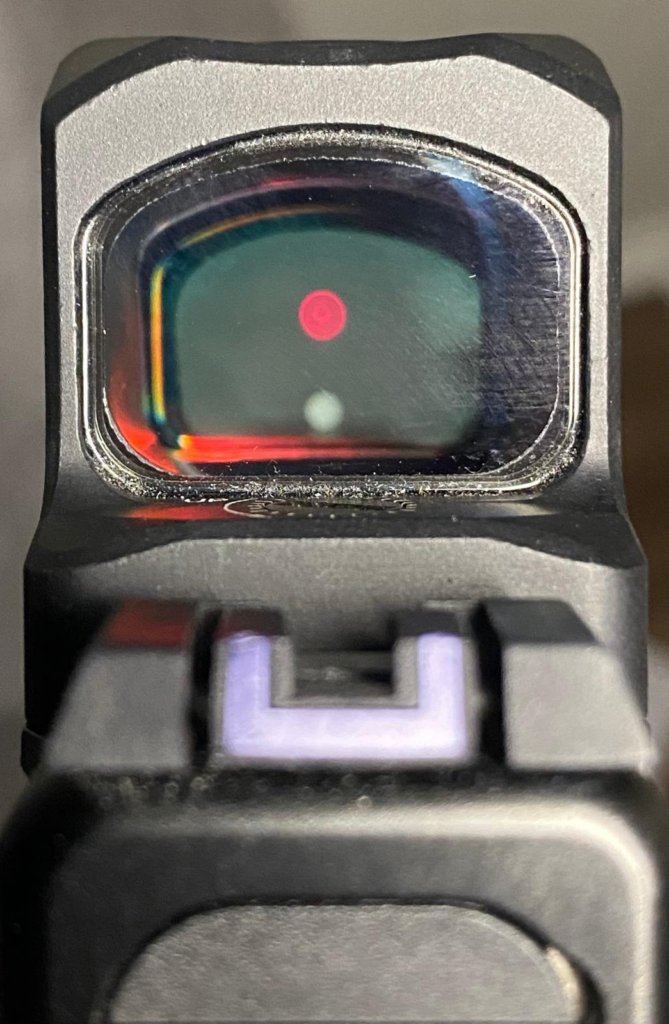
The majority of my shooting with the Trijicon RCR has been in conjunction with my Walther PDP Match Steel Frame pistol. As mentioned previously, I’ve taken this pistol and dot to matches and training classes.
Functionally and mechanically, the sight has worked without issue. From a pure performance shooting standpoint, I find the sight and window to feel too “tight.” Certainly, some of this comes with the trade-off of fielding an enclosed red dot, which is optimized for maximum durability above all else. The same could be said of the RCR’s “arch-rival,” the Aimpoint ACRO.
Advertisement — Continue Reading Below
To be more specific, this has to do with the Trijicon RCR’s battery tray location directly on the top of the sight. In order to accommodate the battery, the “top edge” of the sight is thicker. When seen from the shooter’s perspective, I find that the edge can get in the way when trying to quickly find the dot. This isn’t a disqualification of the sight, but it’s a quirk to be aware of. It can also be managed with regular practice and dry fire.
With a fairly compact and dehorned housing that’s sealed off from the elements, the Trijicon RCR shines best on the slide of a carry or duty gun, if my experience in carrying a Glock 34 with it in the appendix position is any indication.
